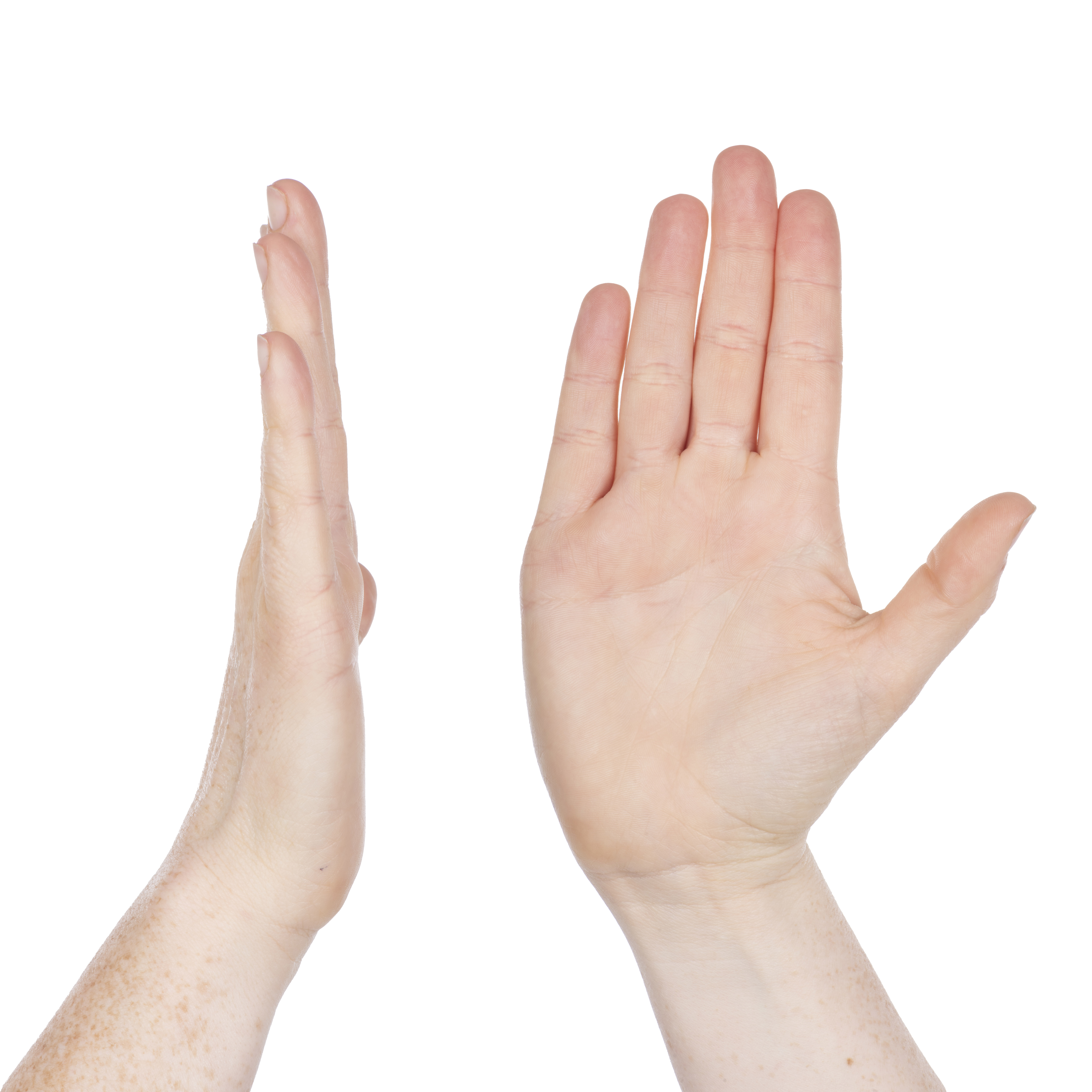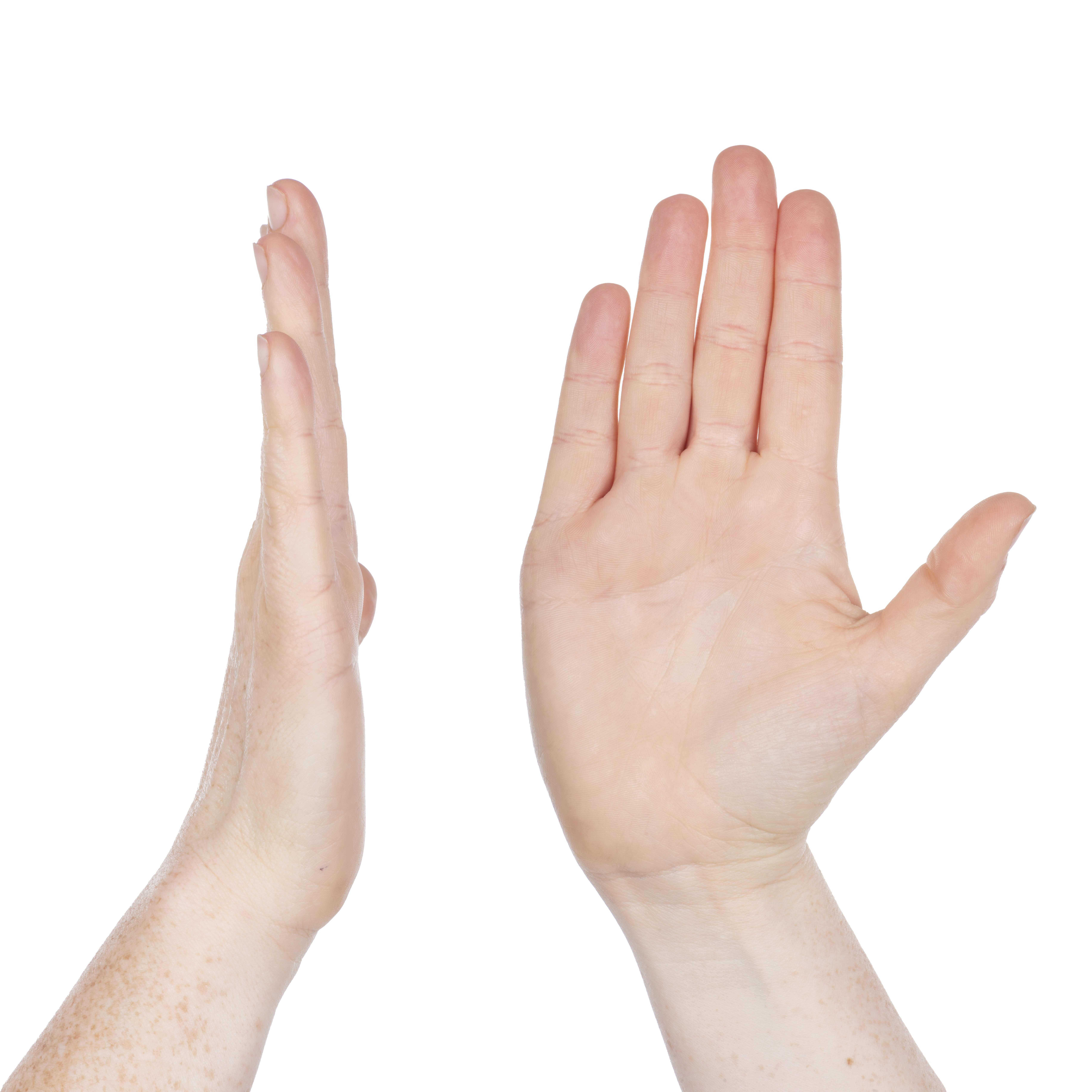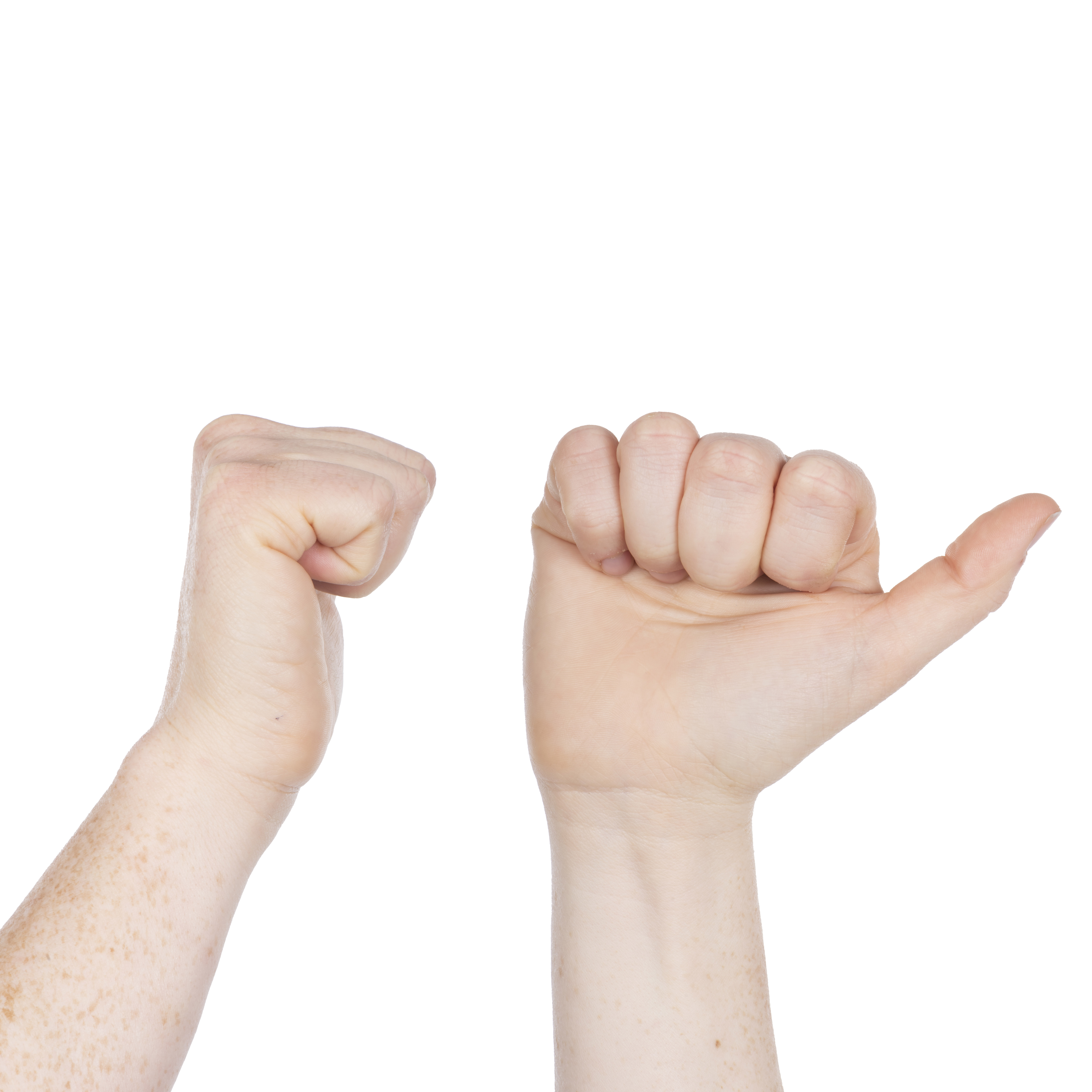Finger PIP joint injuries
Information for patients from the Orthopaedic Hand Service
You have been given this leaflet as you have injured one or more of your fingers at the proximal interphalangeal (PIP) joint, the middle joint along your finger.
Injuries to the finger joints are common, and usually happen when the finger is bent backwards, or hyperextended (extended past its normal limits). Most get better without significant problems. However, some injuries are more serious and may develop problems if not treated carefully. This may result in the PIP joint being painful, swollen, and stiff, making it difficult to use the hand for gripping activities.

Injuries to the PIP joint include:
A soft tissue sprain of the ligaments, which hold the two bones together.
An avulsion fracture, where a small fragment of bone is pulled off with the ligament attached.
A dislocation of the joint.
Ligaments are tough bands of connecting tissue that support the joint and hold two bones together.
How is the injury diagnosed?
You may need an x-ray to check if the bone is broken, in addition to the damaged ligament. The treating doctor or therapist will also assess your finger movement, swelling, and pain to confirm your diagnosis.
How are PIP joint injuries treated?
-1684927472.jpg)
Most of these injuries are treated with buddy taping to the adjacent finger. This strapping protects the joint, while allowing your finger to move a little. This taping is usually kept on for around three to four weeks, but it is ok to change the tape every day and check your skin is ok.
With more severe injuries, a small splint may be fitted or made to help protect the healing tissues. Your therapist or doctor will advise you on this as necessary.
Why is exercising my injured joint important?
Your joint can become very stiff after injury. To stop this from happening, it is important to gently keep your joint moving. Sometimes the other uninjured joints can also become stiff.
Exercises
The following exercises will help improve your movement and reduce stiffness. The exercises should not be painful, but may feel slightly uncomfortable as your hand and fingers stretch.
Each exercise should be completed four to six times, four times a day if possible. Your therapist or doctor will tell you if this needs to be different.
Always exercise gently and slowly.
Hold the position at the end of each exercise for five seconds.
Always start and finish each exercise with your fingers as straight as possible.
Exercise 1: Table top to flat fist
-
 Exercise 1a: Table top to flat fist
Exercise 1a: Table top to flat fist -
 Exercise 1b: Table top to flat fist
Exercise 1b: Table top to flat fist -
 Exercise 1c: Table top to flat fist
Exercise 1c: Table top to flat fist
Exercise 2: Hook to full fist
-
 Exercise 2a: Hook to full fist
Exercise 2a: Hook to full fist -
 Exercise 2b: Hook to full fist
Exercise 2b: Hook to full fist -
 Exercise 2c: Hook to full fist
Exercise 2c: Hook to full fist
Exercise 3: Spread your fingers apart as far as possible, then back again
-
.jpg) Exercise 3a: Spread your fingers apart as far as possible, then back again
Exercise 3a: Spread your fingers apart as far as possible, then back again -
.jpg) Exercise 3b: Spread your fingers apart as far as possible, then back again
Exercise 3b: Spread your fingers apart as far as possible, then back again -
-1684935021.jpg) Exercise 3c: Spread your fingers apart as far as possible, then back again
Exercise 3c: Spread your fingers apart as far as possible, then back again
How long will it take for my injury to heal?
Although recovery time does vary depending on the severity of the injury, it can take four to six weeks for your pain to start to settle and for improvements to be made. It is around this time the buddy taping or splint can start to be removed.
After a few months most people can use their finger normally again. A small number of more severe or complex injuries can cause some permanent stiffness and pain, although any joint movement that is lost tends to be minor and does not need further treatment.
The swelling can take up to six months to settle, and can delay the joints return to full movement.
As the damaged structures heal, they create scar tissue which can cause the joint to be larger than before. Because of this, you may find that rings do not fit anymore. The scar tissue takes at least a year to settle, and there is a chance that the joint may not return to its normal size. We recommend that you do not have any rings resized for at least one year following your injury.
When can I drive again after my injury?
You need to carry out your own risk assessment as to whether you are safe to drive. Ask yourself the following questions to help you make this decision.
Is it difficult for me to grip the steering wheel?
Does driving make my pain worse?
Would I be unable to carry out an emergency manoeuvre if I had to?
If your answer is yes to any of these questions, you may not be ready to drive yet. Please speak to your insurance company if you are in any doubt.
What if I have any questions or concerns?
If you have any questions or concerns regarding your treatment, please call the Physiotherapy Department on 01227 783065.